There are many unique concepts in the design industry today that are gaining popularity because of the way they are making the entire process convenient. Additionally, technology is continually improving, enabling us to improve our designs. Overall the design industry is growing because of technology, as it has become easier for architects and designers to plan and design better.
Metaverse is one such concept that has been gaining popularity over the last few years. With the use of technologies such as Augmented Reality and Virtual Reality, which provide better experiences, Metaverse is set to be the next big thing in the architecture and design industry. Working with Virtual Reality provides designers with the ability to create different spatial experiences and newer possibilities where people can have the experience of seeing and being in a space without physically being present within the space. It provides us with a life-like experience that reduces the gap between the conceived idea and the final experience.
For architects and designers, the design stage, the execution process and the final outcome have all been impacted by the growing use of Virtual Reality. For instance, we can now consider daylight while designing a project. This is just an aspect of improving the application while someone is designing the space. If we have a space ready in a virtual set-up, it becomes convenient for everyone involved in the process. In addition, many consumers can now visualise a space through Virtual Reality before moving to a new space in a different city. They can see how the lighting design looks and how it creates an ambience and illuminates the space. Therefore, people get an idea beforehand about the final product without being physically present.
Virtual Reality has made it accessible to assess lighting systems, especially from different points of view, providing users with the right sense of feeling that any space can evoke. Additionally, it enables us to compare and assess various scenarios by providing a real-time lighting scheme, providing us with a sense of brightness and colour and the ability to make the correct design choices. It also makes it easier for us to focus on human-centred lighting design by allowing us to clearly visualise how a lighting scheme will look and feel post-installation.
Although there is still a long way to go, Virtual Reality is going to boom in the design industry in the next few years. The first step towards this is awareness amongst the mass. Unless there is mass awareness within the industry, there will not be mass implementation. Even with awareness, it shall initially be a tough phase as it will be a testing period for many people. But with proper acceptance and implementation, it has the potential to make many people’s lives easier.

